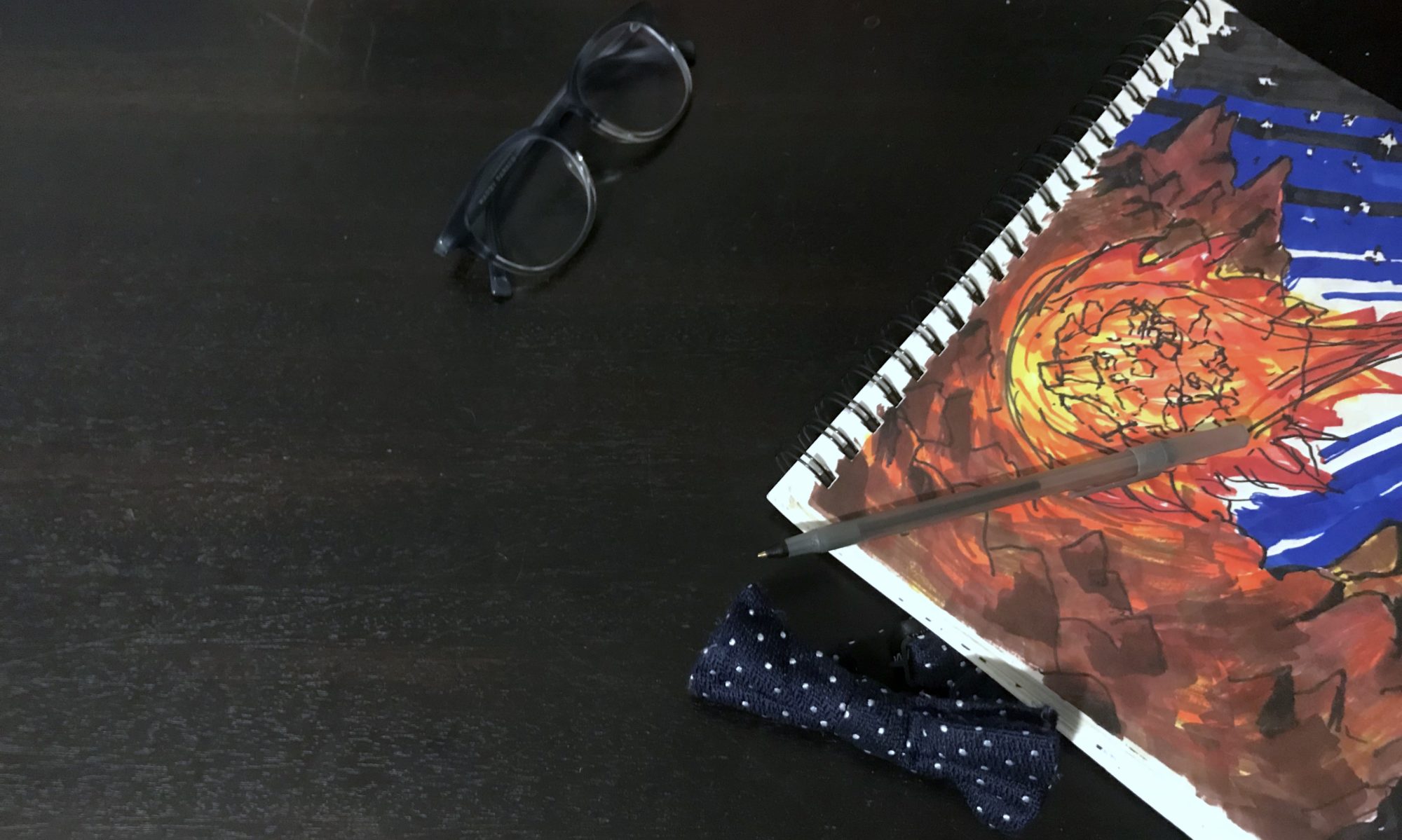In this post from the BiLOLogy archives, I discuss why I did my PhD work on E. coli fatty acid synthesis. This post was originally published back in August 2012 – the start of my 3rd year of graduate school. Enjoy!

Why work on fatty acid synthesis? I can explain the reasoning by showing you the structure of a fatty acid (Figure 1):
Figure 1: Fatty acid (octanoate) structure

The corners connecting the black sticks in this fatty acid are carbons. The sticks themselves are bonds. All carbon atoms in any chemical compound need to be connected to other atoms by 4 bonds. NO MORE, NO LESS. The fatty acid can be broken into two regions: the fatty acid head (the part with all the O’s which are oxygens) and the tail, which consists of only carbons and hydrogens. The hydrogens are not drawn, but, if they were, the picture would look like this instead:
Figure 2: Fatty acid (octanoate) structure with all hydrogens (H’s) and carbons (C’s) labeled

Clearly, this figure is much less appealing, letters scattered all over the place and all, but we can see that all the carbon atoms have the appropriate number of bonds. The hydrogens simply aren’t drawn in the first figure.
What’s important is that all of these carbon-hydrogen bonds are full of potential energy. In fact, if we compare octane, a component of gasoline, to the fatty acid, we see that the fatty acid’s tail is nearly identical (figure 3). Indeed, through a variety of mechanisms, humans and bacteria can convert fatty acids into compounds, like octane, that can be used as fuels directly.
Figure 3: Octane structure

How can we make fatty acids? One way (though, I have to admit, not necessarily the best way right now) is to use E.coli. E.coli make fatty acids through a process that I can explain using the comic. Fatty acids, like the warrior’s sword, start out small. They begin as the two carbon compound acetyl coA.
Figure 4: Acetyl coA

E.coli (and many other organisms including you) form acetyl coA by breaking down glucose and other sugars. You can think of these sugars as the monsters (the mini-skeleton and the lizard thingy) attacked by the warrior in the comic. As bacteria break down glucose using a bunch of enzymes, they acquire energy from it. One of the products of this break-down process is acetyl coA. Acetyl coA can be used for a number of things. It can even be broken down further for more energy. Alternatively, bacteria can use some of the energy they get from glucose to combine multiple acetyl coAs to form fatty acid precursors called fatty acyl CoAs. Each acetyl coA added increases the size of the growing fatty acyl CoA by two carbon units (figure 5).
Figure 5: Adding acetyl coA onto a growing fatty acid (fatty acyl coA) increases its length by two carbons*

*Caution: Despite the stars, enzymes are not magical, they follow physical laws and simply help speed up reactions… the stars are just here to indicate that there’s more going on here than I’m letting on.
Just as the warrior uses the energy to make the sword bigger, E.coli can use acetyl CoA and the energy they get from glucose to make longer and longer fatty acids. E.coli use these different fatty acids to modulate the properties of their cell membranes (layers of molecules that separate the inside of the cell from its surroundings).
In my work, I try to direct E.coli to produce specific length fatty acids with desirable fuel properties.



